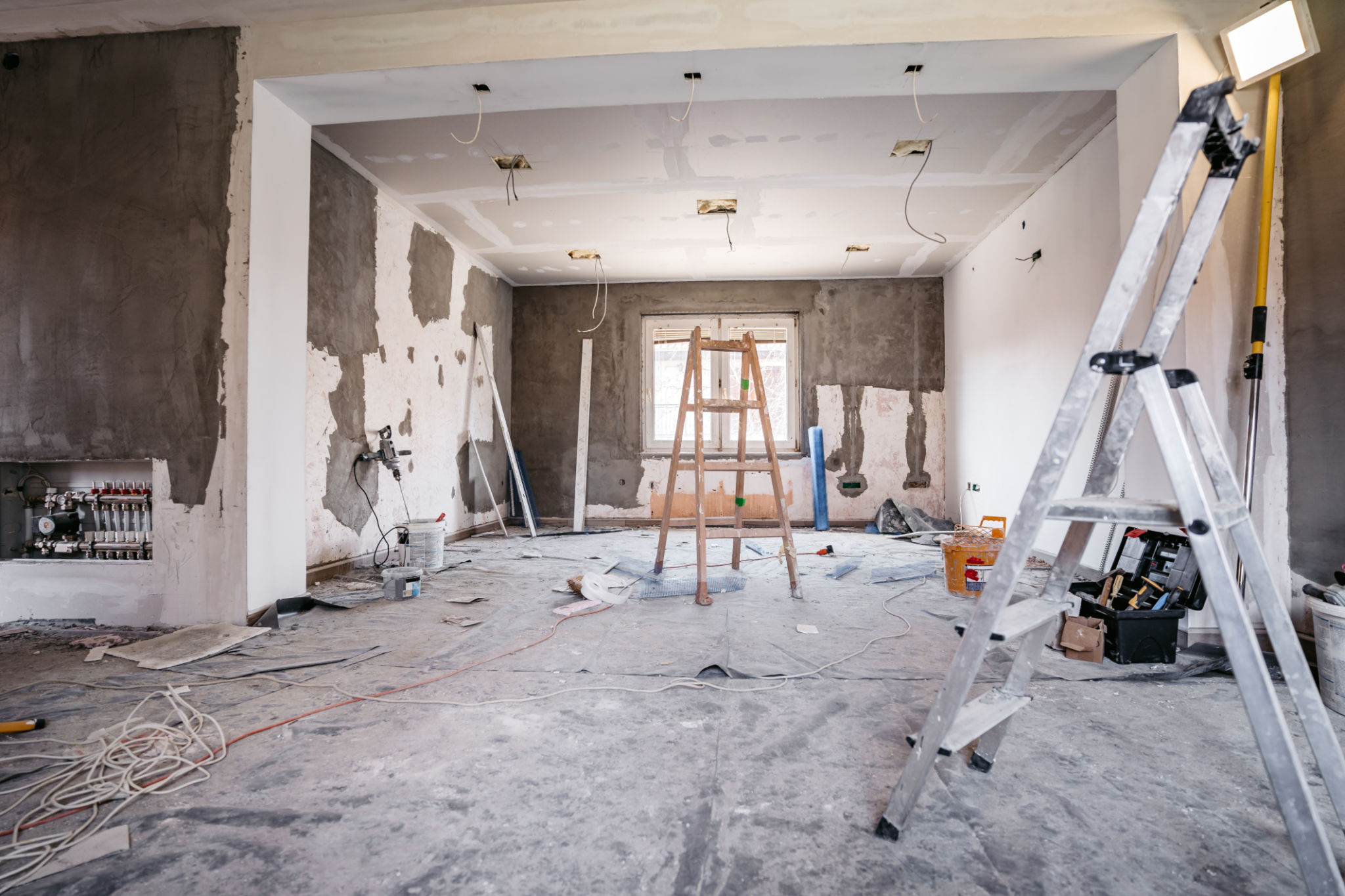Common Misconceptions About Blower Door Testing in Pennsylvania
Understanding Blower Door Testing
Blower door testing is a crucial process in assessing the air tightness of buildings, yet it often suffers from a variety of misconceptions. In Pennsylvania, where energy efficiency and sustainability are increasingly prioritized, understanding the true nature of blower door testing can help homeowners and builders make informed decisions about their properties. This blog post aims to dispel some common myths surrounding this essential procedure.

Misconception 1: Blower Door Testing is Only for New Homes
A common belief is that blower door testing is only necessary for new constructions. In reality, this test is beneficial for both new and existing homes. While new homes are often scrutinized for energy efficiency, older homes can also benefit significantly from identifying air leaks that contribute to energy loss. By conducting a blower door test, homeowners can pinpoint areas that need sealing, leading to reduced energy bills and improved indoor comfort.
Misconception 2: It's a Complicated and Intrusive Process
Many homeowners shy away from blower door testing because they believe it to be a complicated and intrusive procedure. On the contrary, the process is straightforward and minimally invasive. A technician sets up a temporary door with a powerful fan to pressurize or depressurize the house, allowing them to measure leakage rates. This test typically takes only a few hours and does not require any structural changes to the home.

Blower Door Testing and Energy Efficiency
Another significant misconception is that blower door testing is unnecessary if a home already feels comfortable. However, comfort can be misleading when it comes to energy efficiency. Even if a home feels warm in the winter or cool in the summer, unseen air leaks can still drive up energy costs. A blower door test identifies these leaks, providing homeowners with the opportunity to enhance their home’s efficiency and potentially save money on utility bills.
Misconception 3: Blower Door Testing is Expensive
Cost is often a concern for homeowners considering blower door testing. While there is an upfront cost associated with the test, it is important to weigh this against the potential savings on energy bills over time. Moreover, some utility companies and state programs in Pennsylvania offer rebates or incentives for energy efficiency improvements, which can offset the initial cost of the test.

The Real Benefits of Blower Door Testing
Beyond identifying air leaks, blower door testing offers numerous benefits that extend beyond immediate energy savings. By improving air tightness, homeowners can enhance indoor air quality by reducing drafts and preventing pollutants from entering the home. Additionally, well-sealed homes often experience less wear and tear on heating and cooling systems, extending their lifespan.
Misconception 4: Only Necessary for Large Homes
Some believe that blower door testing is only needed for large homes due to their size and complexity. In reality, homes of all sizes can benefit from this test. Smaller homes may have fewer areas to inspect, but even minor leaks can have a significant impact on energy efficiency. Regardless of size, every home has unique characteristics that may affect its air tightness.
By addressing these common misconceptions about blower door testing in Pennsylvania, homeowners can better understand the value this process brings to improving energy efficiency and comfort in their homes. Whether for a new build or an older property, blower door testing remains a vital tool in achieving optimal home performance.